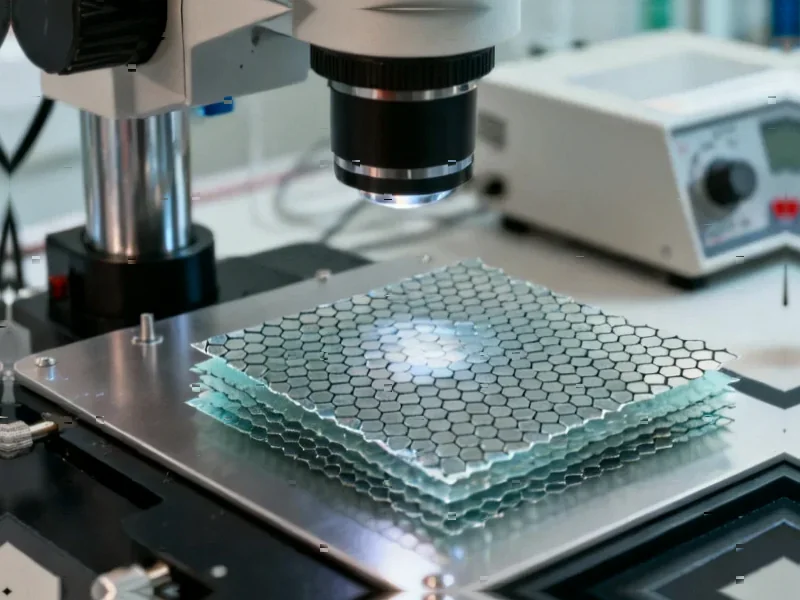Researchers have conceived a new class of liquid relaxor ferroelectrics by strategically introducing polarity heterogeneity. The breakthrough enables enhanced dielectric responses previously unattainable in liquid matter systems.
Revolutionary Approach to Liquid Ferroelectrics
Scientists have reportedly designed the first liquid-matter relaxor ferroelectrics (nRFE) through direct molecular engineering, according to research published in Nature Communications. Unlike conventional solid-state relaxor ferroelectrics that rely on chemical doping in crystalline lattices, this novel approach introduces polarity heterogeneity by dispersing polar nanoregions (nPNRs) within apolar nematic liquid crystal backgrounds. Sources indicate this represents a paradigm shift in ferroelectric material design, enabling unprecedented dielectric properties in fluid systems.









